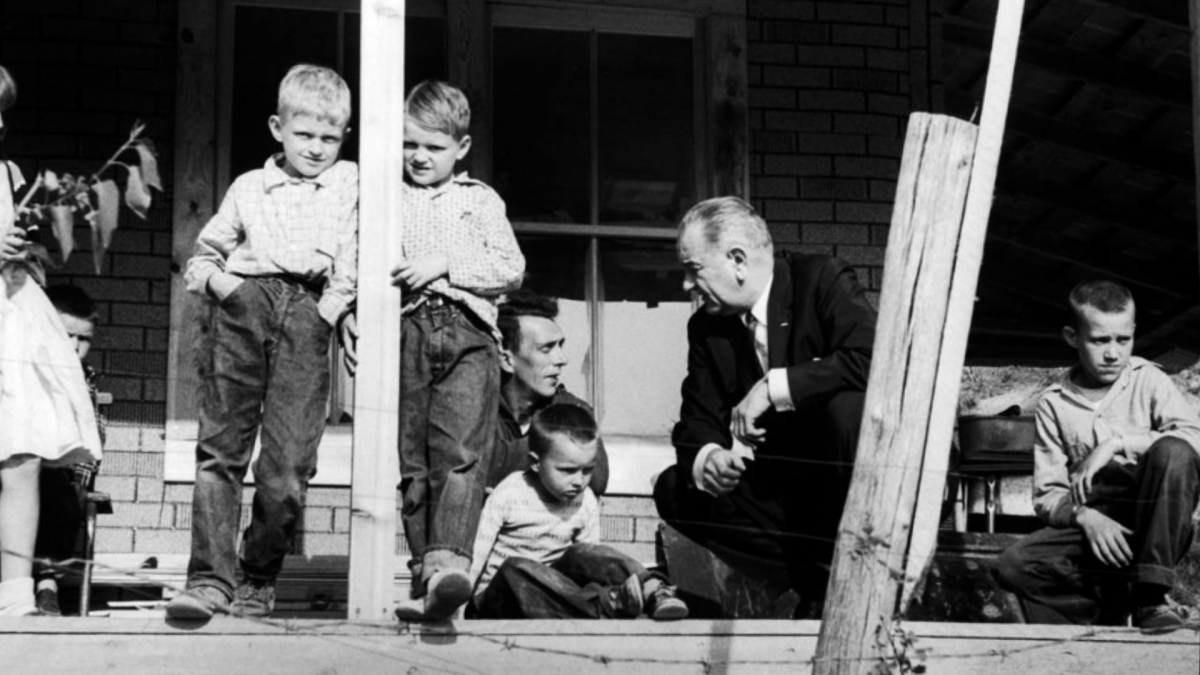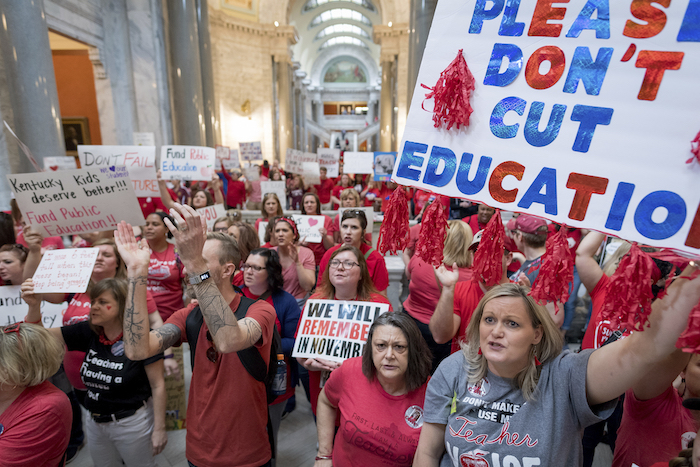The Ohio River is an important ecological and economic force in the region. It provides drinking water for 5 million people, but it’s also one of the most polluted rivers in the U.S. A new regional journalism collaborative is digging into what it means to live in the Ohio River watershed.
For the next several weeks, the Good River project will be publishing stories about the river’s watershed, which covers 15 states including West Virginia.
WVPB Energy and Environment Reporter Brittany Patterson chatted with the project’s managing editor, Halle Stockton with PublicSource, to find out more.
BP: This project is called the Good River Project. Tell us about the significance of that name. And why the focus on the Ohio River?
HS: Good River is the translation of the word Ohio or ohi:yo’ in the languages used by Seneca and Iroquois tribes. And so we wanted to pay homage to that origin and also we found it interesting kind of how modest that the adjective is of ‘good’ in that because we throughout the project are paying attention to both the beauty of the Ohio River and its watershed, as well as the threats facing it.
BP: You have all sorts of mediums and really partners from very different types of journalism, in some cases, tell us a little bit about those choices and what you were trying to accomplish by bringing different perspectives to this story that you’re tackling?
HS: Sure. So, our seven partners which span five states– five of the 15 watershed states, do have a lot of different specialties. Some focus on environmental journalism, others are a little bit more focused on some digital aspects, and so by bringing everyone together in this watershed region, we talked a lot about how we can show all the different aspects of the watershed through all of our strengths. So, from the radio stories to the virtual reality experience in the Cheat River to the in-depth and investigative reporting that we’ve already shown in the project after only a couple of weeks, we’re trying to appeal to people of all different levels of interest and knowledge of the Ohio River and the 15-state watershed. We want it to be not only educational and informational, but also kind of surprising and entertaining.
BP: I was really fascinated by one of the earlier stories by your partner 100 Days in Appalachia that looked at how pollution in the river has changed and sort of how that came about. So can you tell us a little bit about how things have changed and what else might be changing across the Ohio River watershed that people might not know about?
HS: One of the most fascinating anecdotes within that 100 Days in Appalachia story was right at the beginning, where there’s a researcher who’s talking about the fish traps that they would deploy and then pull up to check to see how the fish population was doing.
There was a story about how when, you know, one day they pulled this gargantuan fish trap up, and there was only one fish and that was a huge shock and kind of a wake-up call in like what is going on with this river? The fish can’t survive in it. You know, people often say like, definitely don’t swim in the Ohio. They still say that to this day. But after a lot of remediation efforts and just sustained attention on the Ohio and also different methods of how those fish traps are done…they’re regularly deploying those and seeing a lot of fish life still thriving in the Ohio River now.
And one of the researchers says, you know, it’s not perfect, but it’s a functioning ecosystem at the moment. And that’s a very kind of positive anecdote, but unfortunately, as recently as 2015, the Toxic Release Inventory that tracks how many pollutants are dumped into rivers throughout the U.S., still shows that the Ohio River that year was the most polluted river in the United States.
BP: Yeah, this is an industrial river, this is a working river, but it also seems like some of the stories that the project is telling include ways that communities are reimagining how to use the Ohio River. Can you talk to us a little bit about what you’re finding?
HS: We’re seeing these very, like broad big partnerships to try to figure out new innovative ways, even such as finding rare earth elements and how those can be sold for a profit to benefit remediation down to this individual level. And it’s kind of heartening to see because a lot of times we found, we talked about this as partner newsrooms early on, that you almost never hear about the Ohio River watershed. It’s very, you know, the Chesapeake Bay watershed, the Great Lakes watershed are talked about so much more. And so, as we got deeper into the reporting, it was interesting to learn about these different levels of effort.
BP: You’re in Pennsylvania. I’m here in West Virginia. Most of our listeners that are going to hear this live in the Ohio River watershed. What are you hoping that the Good River Project conveys about this river?
HS: We hope that people just kind of start to feel that the Ohio River and the watershed is part of their identity. That they are residents of the Ohio River watershed not just of West Virginia or Pennsylvania or wherever they may be. And by that becoming part of their identity, they want to know more about it and feel empowered to talk about it, to care about it, to really be able to seek the information that they then feel they need to know because yes, they may be drinking it or bathing in water from the Ohio River and its tributaries. And they are participants in the health of this very, you know, vast water resource in our country.
This piece was originally published by West Virginia Public Broadcasting.



